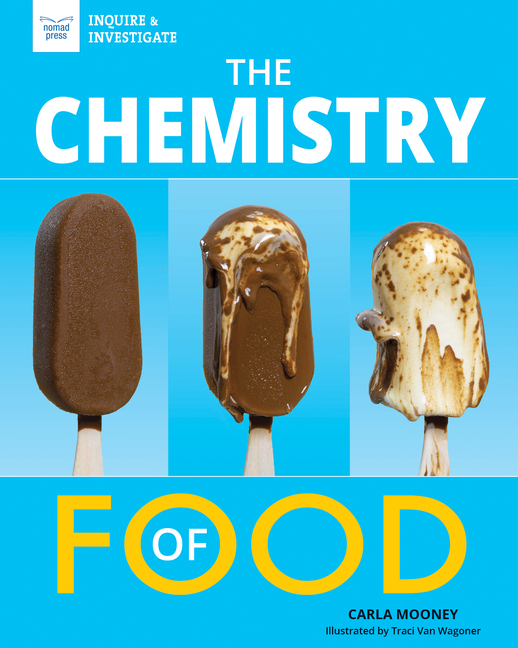Book Description
for The Chemistry of Food by Carla Mooney and Traci Van Wagoner
From the Publisher
First published in 1984, and now in its 6th edition, this book has become the classic text on food chemistry around the world. The bulk components - carbohydrates, proteins, fats, minerals and water, and the trace components - colours, flavours, vitamins and preservatives, as well as food-borne toxins, allergens, pesticide residues and other undesirables all receive detailed consideration. Besides being extensively rewritten and updated a new chapter on enzymes has been included. At every stage attention is drawn to the links between the chemical components of food and their health and nutritional significance.
Features include:
Special Topics section at the end of each chapter for specialist readers and advanced students
An exhaustive index and the structural formulae of over 500 food components
Comprehensive listings of recent, relevant review articles and recommended books for further reading
Frequent references to wider issues e.g. the evolutionary significance of lactose intolerance, fava bean consumption in relation to malaria and the legislative status of food additives around the world
Food: The Chemistry of its Components will be of particular interest to students and teachers of food science, nutrition and applied chemistry in universities, colleges and schools. Its accessible style ensures that it will be invaluable to anyone with an interest in food issues.
Extracts from reviews of previous editions:
... filled me with delight, curiosity and wonder. All the chemistry is very clear and I thoroughly recommend it.
The Chemical Educator, 1997
The author is adept at describing recent developments in the broad context of food chemistry and human nutrition. ...this book is highly recommended for anyone who wants an accessible, attractively priced introduction to this important subject.
Chemistry in Australia, 2009
This is a lively and thorough treatment of the subject. I can recommend it to anyone interested in food, as an excellent reference, or just to pick up and browse. It is easy to be hooked by it. It would serve as a useful reference source for A-Level students.
School Science Review, 2010


